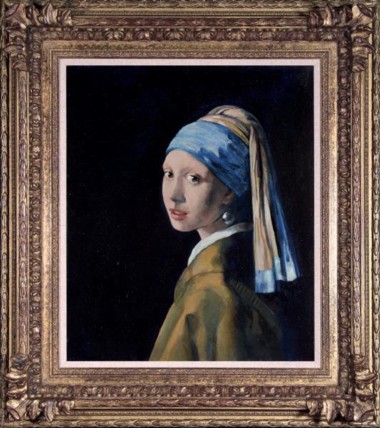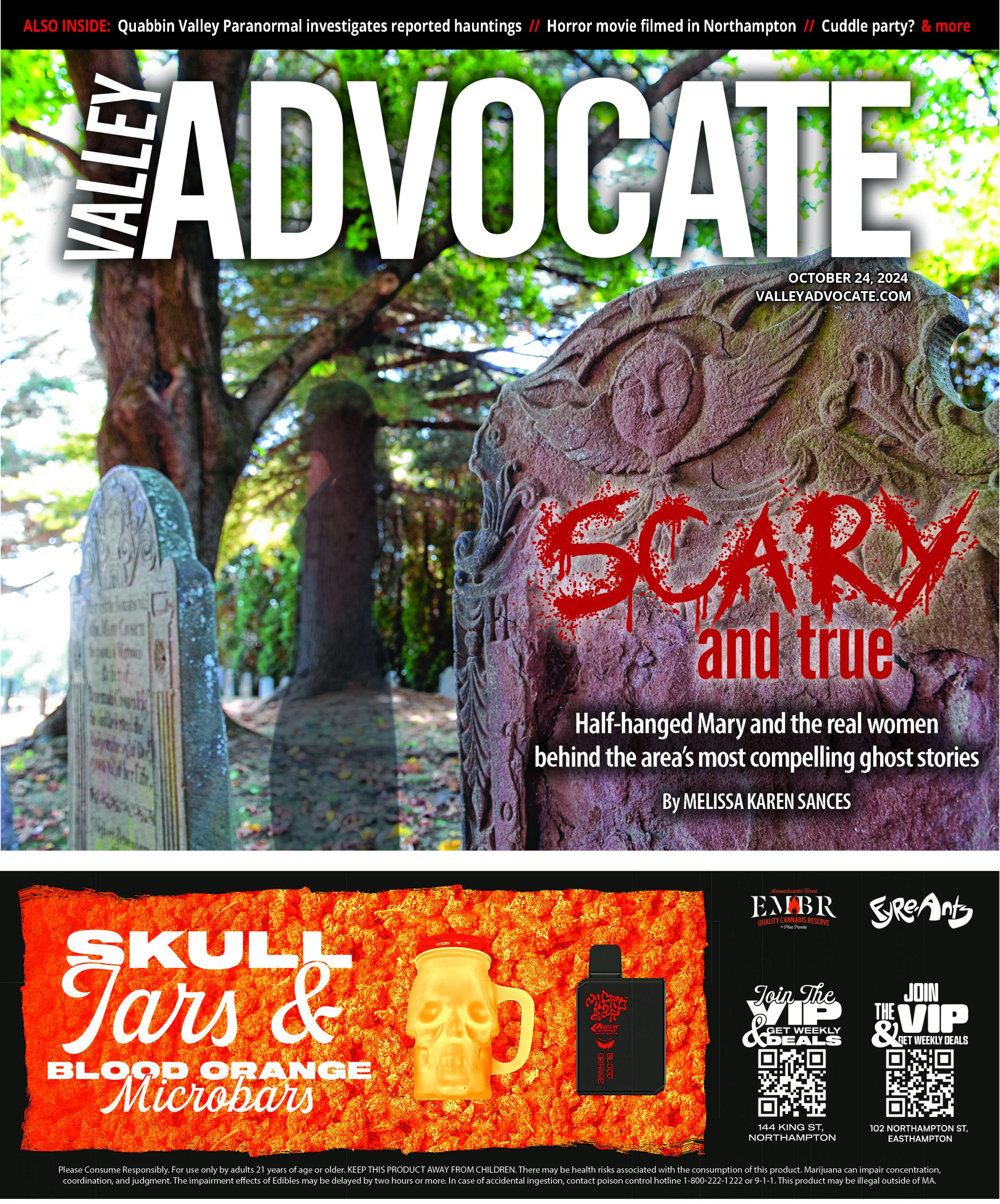“Everything is a copy of a copy of a copy.” —Jim Uhls
In February, 1972, the cover of Time magazine featured a portrait of American author Clifford Irving under the banner headline “Con Man of the Year.” The dubious honor was bestowed after Irving had swindled his publisher, McGraw-Hill, into a book deal, promising to write the autobiography of Howard Hughes.
The book became a bestseller, earning Irving a reported $865,000. But the work was a massive fabrication—and not the first pulled off by Irving.
A few years earlier, in 1969, Irving had written another book, this one called Fake! The Story of Elmyr de Hory, the Greatest Art Forger of Our Time. It detailed the “incredible-but-true” tale of Hungarian emigre de Hory, who had “painted over a thousand brilliant fake canvasses reputedly worth more than sixty million dollars,” according to the book jacket.
Irving’s work claims that de Hory was an aristocrat forced to leave his homeland when it came under Soviet rule after WWII. After years spent wandering through Europe, Brazil and America, de Hory finally settled on the Mediterranean island of Ibiza, just off the coast of Spain.
Irving also lived on Ibiza, and the two became friends, with de Hory asking Irving to write his story. But as Orson Welles discussed in his 1973 documentary F for Fake—the last major film of his career—Irving’s tale is just as phony as his book’s subject. Of course, the line between truth and art in the documentary is blurry at best. As Welles notes in his role as the magician/charlatan narrating the film, “I’ve been lying my head off.”
De Hory was in fact not an aristocrat. He grew up in a lower-middle class family. While he claimed that his family had enough wealth to commission the famous Hungarian artist Philip de Laszlo to paint an oil-on-canvas of a young Elmyr and his brother Stephan, the portrait wasn’t actually a Laszlo. It was a de Hory painted to look like a Laszlo.
As Patrick Duff once noted in his unpublished manuscript From the Brink of Oblivion, “It’s difficult to separate what happened from what seemed to happen.”
Indicted for fraud after confessing the hoax involving the Hughes autobiography, Irving served 17 months in jail. Years later, in 2006, he was credited as a writer for The Hoax, Lasse Hallstrom’s film about the creation of Irving’s fake Hughes autobiography. Today Irving is reportedly part of the team working to bring his book Fake! to the big screen.
De Hory likewise served jail time. From 1964 to 1967, his fraudulent artwork led to investigations conducted by the French police, the F.B.I., and Interpol. But it was charges of homosexuality that placed him behind bars. He served two months in Spain in 1968. Upon his release, he convinced Irving to write his story.
Fearing a return to jail on hearing in 1976 that he would be extradited to France for fraud and forgery, de Hory overdosed on sleeping pills—just as he had in 1958. This time, however, his suicide attempt was successful.
A glass-cased display of the famed February, 1972 Time magazine cover is part of a new exhibit called Intent to Deceive: Fakes and Forgeries in the Art World, which premiered on January 21 at the Michele and Donald D’Amour Museum of Fine Arts and will be at the Springfield Museums through April 24. The portrait of Irving Time chose for the cover was painted by de Hory.
“Art and forgery are two sides of the same coin,” guest curator Colette Loll tells me as we talk in front of The Procuress (After Baburen), painted by the famous Dutch forger Han van Meegeren. According to Loll’s calculations, “between 30 and 40 percent of all circulated art are forgeries.”
“Art forgery is an age-old institution,” adds Springfield Museums art curator Julia Courtney, noting that the long list of forgers includes Michelangelo.
Intent to Deceive profiles five famous master forgers whose work was inflicted on the art world throughout the 20th century. The exhibit begins with van Meegeren paintings from the 1920s and continues to the present day, showcasing works by American Mark Landis—who was recently profiled in the New Yorker—and Britain’s John Myatt. Of the five, Myatt and Landis are the only ones still living.
Across the room from the van Meegeren, next to the Time magazine portrait of Irving, is Odalisque, de Hory’s fake Henri Matisse. An adjoining hallway filled with works by Britain’s Eric Hebborn runs down to Myatt’s famous forgery of Vermeer’s Girl With A Pearl Earring. The exhibit includes fakes and forgeries by the five forgers as well as authentic works by many of the artists whose works were copied, including Picasso, Paul Signac, Charles Courtney Curran, Modigliani and Matisse.
“A fake is an exact copy of an existing work which is being passed off as the original,” Loll explains. “A forgery is a unique work done in the style of a known artist and passed off as being by that artist. One duplicates an existing composition, the other mimics the style.”
Director and founder of Art Fraud Insights, Loll specializes in art fraud and has lectured extensively on the subject. She has trained agents in the U.S. Department of Homeland Security’s Cultural Heritage Program and spoken at Interpol’s International Conference on Counterfeit Art.
“I spent a lot of time researching [de Hory’s] true identity,” says Loll, “the details of which can be read in Mark Forgy’s book The Forger’s Apprentice, in which he dispels many of the myths.”
Intent to Deceive includes a copy of de Hory’s birth certificate, which shows that his birth name was not actually Elmyr de Hory but Elemer Hoffmann.
“I worked as an independent,” Loll continues, “alongside Mark Forgy and Jeff Taylor [Assistant Professor of Arts Management at Purchase College], colleagues interested in, and dedicated to, finding the truth.”
Both Taylor and Forgy are credited as contributing writers for Intent to Deceive. Forgy, who will lecture with Loll at the Springfield Museum of Art on March 9, is the acting executor of the de Hory Estate.
Courtney worked with Loll to premiere the exhibit at the Springfield Museums. From there it will travel to the John and Mable Ringling Museum of Art in Sarasota, Fla., and Ohio’s Canton Museum of Art before ending its tour at the Oklahoma City Museum of Art.
“Sometimes there are multiple originals,” Loll says of the fakes and forgeries, “as in the case of The Procuress … The two originals are on display at the Boston Fine Arts Museum and National Gallery London. It was not uncommon for artists to do multiple copies of the same composition theme. Van Meegeren copied them exactly, so his version of The Procuress is a fake. However, his painting of Head of Christ is a composition that he invented, is in the style of Vermeer, so it is a forgery.”
Not merely an exhibit of collected canvasses, Intent to Deceive delves deep into the subculture of art fakery and the characters who perpetuated the frauds. Videos featuring the forgers—several of them BBC documentaries—as well as several glass cases containing artifacts of significance tell the stories of the featured artists. On display are two books by Hebborn, Drawn to Trouble and The Art Forger’s Handbook, as well as the wool Transylvanian cape worn by de Hory in F Is for Fake, and the letter Landis wrote in October, 2007 convincing the Oklahoma City Museum of Art to take one of his forgeries—which seems especially appropriate since the Oklahoma City Museum of Art hosts Intent to Deceive later this year.
The exhibit explores not only the technology each forger used to create his fakes (art forgery is a male-dominated enterprise), but also the intricate stories each created in order to sell his wares to galleries, curators and collectors. While de Hory portrayed himself as an aristocratic emigre selling off the last of his family’s once-prized collection, Landis assumed the role of a wealthy priest-philanthropist. In the corner of the room in which his work is exhibited stand the priest’s jacket, shirt and collar the American artist regularly wore during his impersonations.
“I’m very protective of him,” Loll says to me of Landis’ mental illness.
Suffering a nervous breakdown at age 17 in 1972, Landis was diagnosed with schizophrenia, and took to art as part of his therapy. He had a second nervous breakdown in 1992, and is now thought to be bipolar, Loll tells me.
For the past several years, Landis has irregularly sent Loll his forged artwork. More recently, Loll has been working on a documentary about Landis called Art and Craft, to be released later this year. Intent to Deceive includes a short video clip from the documentary that shows Loll interviewing Landis at his home in Louisiana.
The portrait of Loll featured on her Art Fraud Insights website is a Landis.
“No artist tolerated reality.” – Friedrich Nietzsche
It may be tempting to be too impressed by the tales of these master forgers, but Loll and her colleagues at Intent to Deceive caution against such notions.”We’re not romanticizing them,” she stresses.
The exhibit “de-romanticizes art fraud to show it is not as a victimless crime,” International Arts and Artists President and CEO David Furchgott—who collaborated with Loll to create Intent to Deceive—notes in the preface to the exhibit. “Museums, galleries, auction houses, and individual collectors around the world have suffered from this dishonesty, falling prey to scandal and shame at the discovery of an inauthentic work in their possession.”
“Think twice then, before interpreting the self-satisfied smirk of the art forger as indicative of his triumph over snobbish art professionals…,” London-based art historian Dr. Tom Flynn writes in the exhibit’s introductory essay. “It is as likely to be generated by the knowledge that his ill-gotten gains are either safely squirreled away for future use or that once released from prison he will be accorded celebrity status by a breathless media dangling television contracts, book deals, and magazine interviews.” Yet the wish to fool professionals, Flynn concedes, is “a common motive in the historiography of art crime.”
“Only the experts are worth fooling,” Hebborn concurs in a quote highlighted in the exhibit. “The greater the expert, the greater the satisfaction in deceiving him.”
But if there is something romantic about the notion of these forgers fooling the art world, there is nothing naively fairy tale-like in the difficulties they suffered. Van Meegeren was sentenced to prison after being found guilty of forgery by the Amsterdam courts. He died from a heart attack before serving his time. Myatt was arrested by Scotland Yard, found guilty of fraud, and sent to jail. Landis is a lifelong sufferer from mental illness, while de Hory served prison time and twice tried to commit suicide—finally succeeding under the threat of being sent back to prison.
The most ghastly fate, perhaps, was reserved for Hebborn. Trained at the prestigious Royal Academy of Arts in London, the British painter established a career for himself in art restoration. Hebborn, however, easily blurred “the moral lines” between restoration, enhancement and production, the exhibit notes: “Ultimately, he came to justify his forgeries as ethical if he sold them to experts and dealers, who should be able to discern the authentic from the fake. He never sold his forgeries to amateur collectors, as a stipulation of his own moral code.” Not long after an Italian version of his book The Art Forger’s Handbook was released, he was murdered on a street in Rome.
After exploring Intent to Deceive, I found myself leaving with more questions than answers. What is the line between art and commodity? Between reality and fakery? And if things aren’t always as they appear to be, then just how are they?
“Art is not truth,” Picasso once said. “Art is a lie that enables us to recognize the truth.”
If you say so.•



